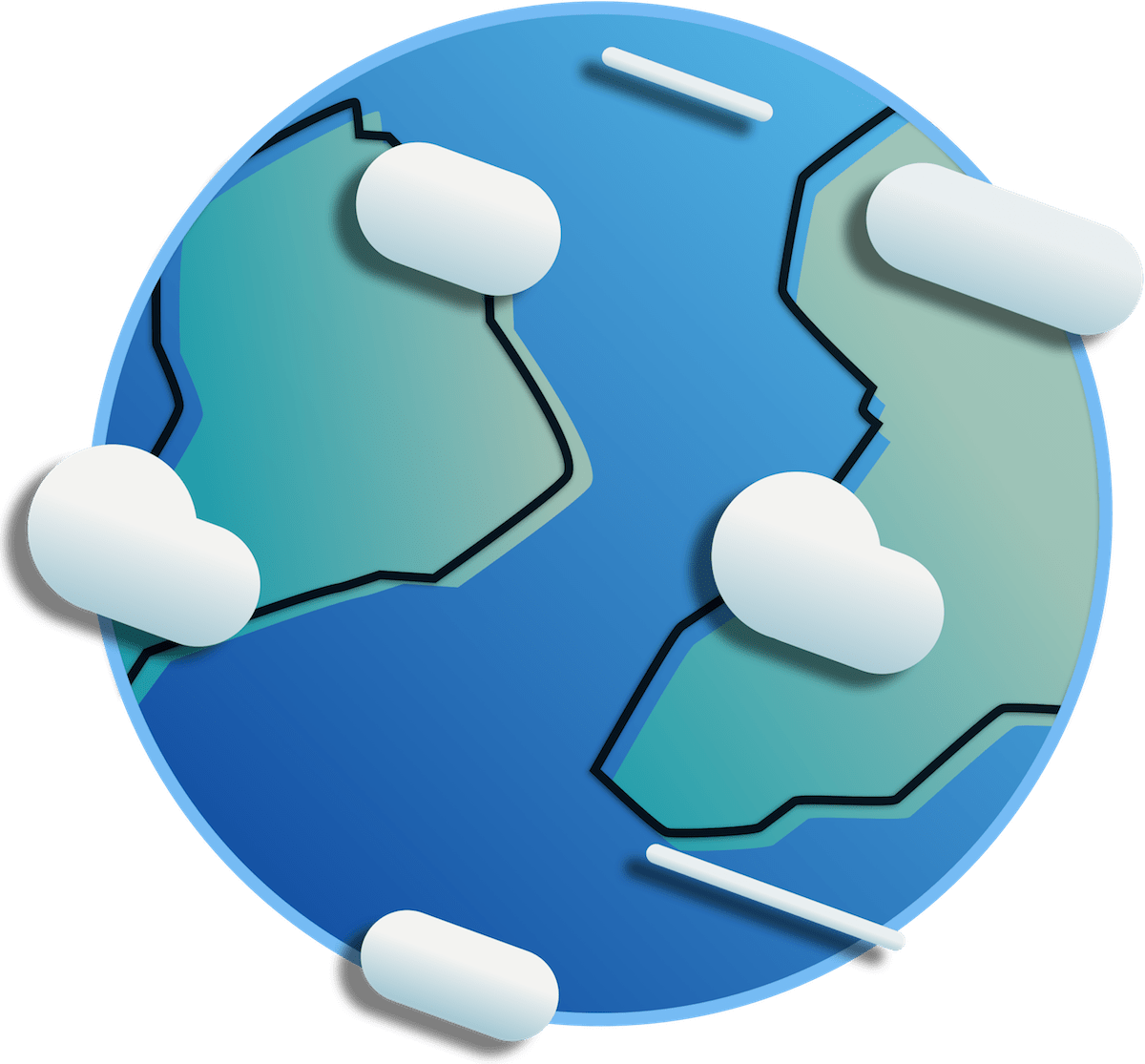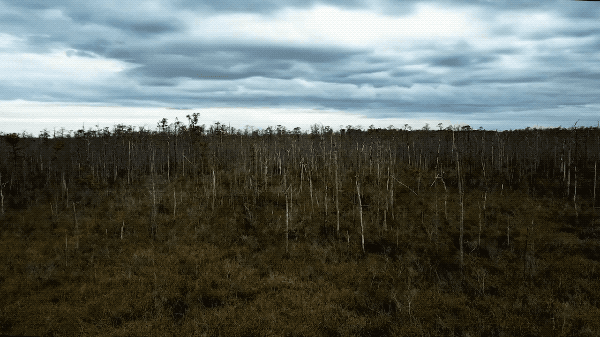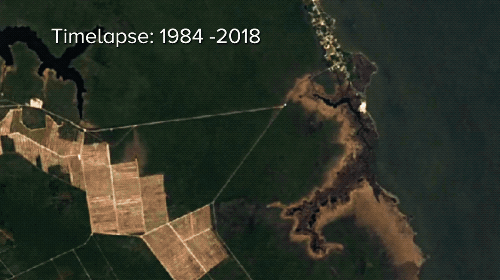 This story is part of Degrees Of Change, a series that explores the problem of climate change and how we as a planet are adapting to it. Tell us how you or your community are responding to climate change here.
This story is part of Degrees Of Change, a series that explores the problem of climate change and how we as a planet are adapting to it. Tell us how you or your community are responding to climate change here.

Lining the coasts of North Carolina are wooden tombstones. These naked, gray stalks are what’s left of the trees that once stood there. As salt water from the sea seeps through the soils, the woodland areas turn into “ghost forests.”
“That salt is getting into a landscape and killing individual organisms, be they trees or microbes,” says Emily Bernhardt, a biogeochemist and ecologist at Duke University. Over time, these areas become “an unfortunate new habitat type we’re seeing growing on the coast, and it’s a place where you have a lot of dead trees—large areas of contiguous forest that are just gone.”
Since 2004, Bernhardt and a team of researchers from Duke University and North Carolina State University have been closely monitoring the coastal wetlands of Albemarle-Pamlico Peninsula in North Carolina, a region historically altered for large-scale commercial agriculture.
“It tends to have very organic rich peaty soils and it’s a system that would sequester a lot of carbon in the soils,” says Marcelo Ardon, ecologist at NC State University.
In the late 1960s through to the 1980s, developers built canals, pumps, and ditches that transect the wetlands to keep farms dry. But the artificial drainage systems have created two-way channels, allowing ocean salt water to flow inland into the peninsula, explains Ryan Emanuel, hydrologist at NC State University.
“You can have storms that push salt water deep into the interior, often through ditches and drains that may not have flow control structures or other protective measures,” says Emanuel.

As sea levels rise due to climate change and humans continue to develop the land for agriculture, this once rich carbon sink withers from the saltwater intrusion, explains Bernhardt.
For the past five years, the crew has been studying how the influx of salt in the environment from both broken infrastructure and sea level rise might be inducing the spread of ghost forests. To diagnose the health of the coastal wetlands, they measure water chemistry, water levels, soil nutrients, and greenhouse gas emissions from the trees. Combining controlled salt and nutrient exposure experiments with geospatial data and models, the team is also seeing how saltwater stress might transpire on larger scales.
Ghost forests are not only found in the Albemarle-Pamlico Peninsula, but are appearing on coastlines across the Eastern Seaboard. The research team collects data to provide a guide on how to tackle existing and expanding ghost forests so that they won’t haunt us in the future.
“If you have ecological collapse, you’re gonna have agricultural collapse,” says Ardon. “But I tend to be an optimistic person. So I hope that people that are making the decisions to make changes are going to hear what we have to say.”
*Editor’s Note 5/16/2019: A previous version of the text of this article had incorrectly described ghost forests as “barren.” We regret the error. While new species do move into ghost forests, researchers say that the areas are not nearly as dense and productive as the forested wetland they replace.
Credits
Produced and Directed by Luke Groskin
Music by Audio Network.com
Article by Lauren J. Young
Additional Footage and Stills Provided by Ryan Emanuel, Lindsey Smart, Emily Ury, Abinash Bhattachan, Google Earth Studio,
NASA GOES, Pond5
Special Thanks to Steven Anderson, Peter Lazaro,Melinda Martínez, Justine Neville, Lindsey Smart, Matthew Stillwagon,
and Emily Ury
Research funding was provided by the National Science Foundation (DEB-1713592,EF 1426802, EF 1713435, EF 1427188, EF 1426953)
Meet the Producers and Host
About Luke Groskin
@lgroskinLuke Groskin is Science Friday’s video producer. He’s on a mission to make you love spiders and other odd creatures.
About Lauren J. Young
@laurenjyoung617Lauren J. Young was Science Friday’s digital producer. When she’s not shelving books as a library assistant, she’s adding to her impressive Pez dispenser collection.